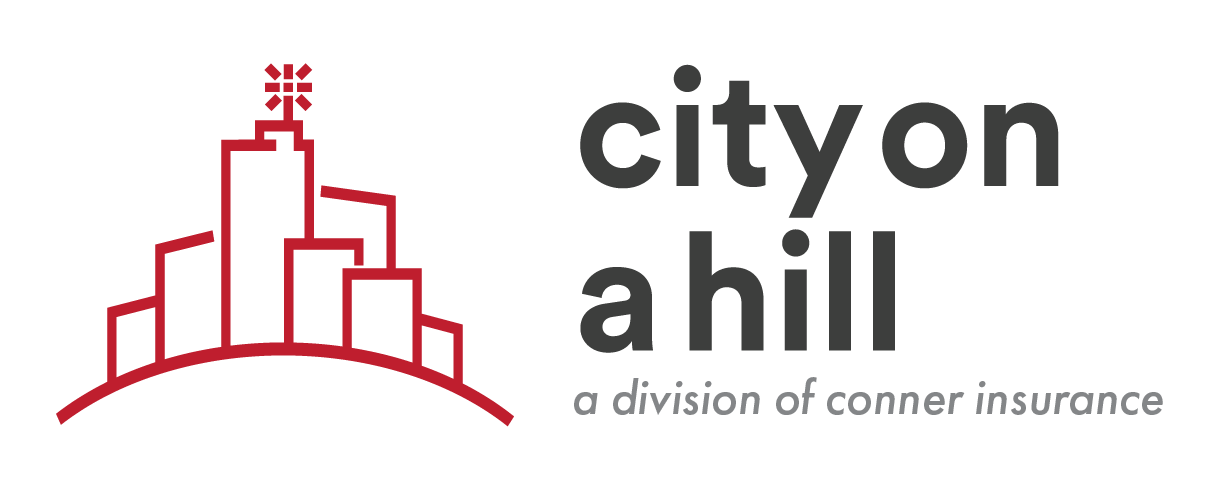Predictability goes a long way. You need a plan that aligns with your school’s values and works when your people need it. They depend on their policy. But this can be difficult to provide when you don’t know what to expect and can’t plan ahead.
Many of our clients receive renewal increases of 10-20% with only a few weeks notice, leaving them with no time to look at alternative options or strategies to manage the cost.
That 20% increase is painful, no matter what, and you should have the time to plan accordingly. Practically speaking, you should know your renewal options four months ahead of time, if not earlier. By getting information sooner, you can create a better annual renewal with improved predictability, reducing surprises and stress.
You need that foresight.
If you are self-funded, you generate this data internally throughout the year and can see how your benefits are trending. But, if you are fully insured, you are likely to see your benefits handed to you promptly before renewal, with a high increase. You become handcuffed to the options, with no time to make an appropriate decision.
If you request this information earlier, brokers and carriers may say they need more data, yet more often than not, that data doesn’t change significantly enough to justify a delay. There is a missed opportunity where they could give you that visibility, but they are typically focused more on efficiency and profit than your operations and budget. You need proactive guidance and support.
There are options if there is time.
If you have been surprised by your renewal you have options NOW to fix that. We have been able to add flexibility and visibility to groups. In a recent interaction, we were able to cut their rates by 31%, WHILE moving them to an 18-month contract that starts July 1st, saving them additional money. A good advisor can act on your timeline and budget.
You aren’t stuck for the entire year.
If this sounds familiar to you, possibly from Jan 1 of this year, there are steps you can take to help you plan ahead:
- Get your data. Having visibility into where the increase came from will help you better understand your plan and give you an idea of what to expect.
- Work with an advisor to help you understand the data. They have the expertise to dig into your data and show you how your plan is running.
- Weigh your options. Your advisor should also help you decide what the best options are for your business and your people.
You need to find a solution that provides you with more predictability. You don’t need predictability to fight increases, although that is important, you need to plan accordingly, to feel more confident and prepared.
A good thing to remember is that a cost increase filters downhill. Deductibles go up for employees. Your coverage can change. That unpredictability is extremely painful for your people. A dramatic change can undermine their trust and hurt your retention efforts.
Predictability creates a sense of control and dependability for employees.
Now is the time.
Talking to your advisor now can better prepare you to make appropriate adjustments, provide important data to stakeholders for budgeting purposes and allow you to better maintain a benefits plan that your school can be proud of.
Your organization needs to be able to plan ahead. Not just for the financial department, but for you, HR, and your people. Eliminate the uncertainty of renewal time. Know what to expect, plan ahead and achieve a jumpstart to a valuable benefits plan. We can help, let’s chat about it.








